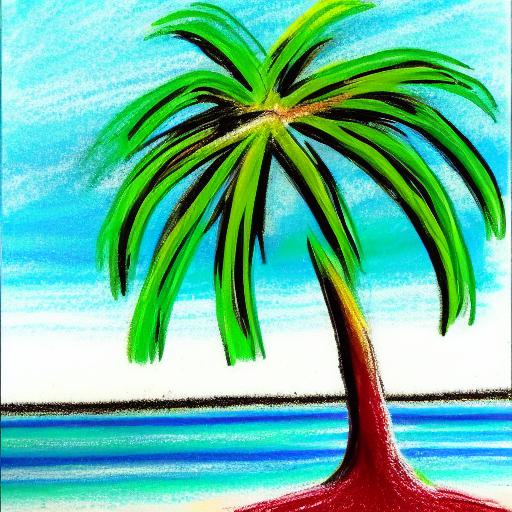About crayon drawing
Crayon drawing is a popular form of art that involves using wax-based crayons to create colorful and vibrant drawings. Crayons are made of pigments mixed with wax, which allows for a smooth and creamy texture that can easily be applied to a variety of surfaces, including paper, cardboard, or even canvas.
Crayons come in a range of colors and can be used to create a wide variety of effects. They can be used to make bold, colorful marks, or blended to create softer, more subtle shades. Crayons are often used by children, but they are also popular among artists who appreciate their versatility and ease of use.
Benefits of crayon drawing
One of the benefits of using crayons for drawing is that they are very portable and do not require any special equipment or tools. They can be used anywhere, making them a popular choice for artists who like to work outdoors or on-the-go.
Crayon drawing can be used to create a variety of styles, from realistic portraits to abstract designs. It is a versatile medium that can be used in combination with other materials, such as watercolors or colored pencils, to create unique and interesting effects.
Famous crayon drawing artists
Some famous artists who have worked with crayon drawing include Edgar Degas and Henri Matisse, who used crayons to create vibrant and expressive drawings. Crayon drawing remains a popular medium for artists and art lovers of all ages and skill levels.
What is AI-generated art?
AI-generated art can help designers create images quickly and easily, as well as experiment with different styles and techniques. This can be useful for creating unique and personalized designs. It can also help increase inclusivity and provide more opportunities for creativity. Tools like Visual Paradigm Online make it easier to incorporate AI-generated art into designs.
How to create AI image prompt?
The prompt starts with “a crayon hand draw a painting of palm tree on a beach,” which sets the subject matter and setting for the image. This indicates to the AI model that it should generate an image that features a palm tree on a beach, likely with a bright and colorful aesthetic that is typical of crayon art.
Next, the prompt specifies that the image is “an acrylic painting by Jitish Kallat.” This provides the AI model with a reference point for style and technique. Acrylic painting is known for its bright, bold colors and ability to create texture and depth. Jitish Kallat is a contemporary Indian artist known for his use of bright colors and bold, abstract forms, which may influence the AI model when creating the image.
The prompt then includes the keyword “pexels,” which may indicate that the image should be sourced from the Pexels website or feature a style similar to those found on the site. Pexels is a stock image and video platform that offers free content for commercial and personal use, so this keyword may suggest that the AI model should create an image that is suitable for commercial purposes.
The prompt also includes the keywords “crayon art, oil pastel, pastel simple art, oil pastels.” These keywords provide additional guidance for the AI model on the type of art style to create. Crayon art and oil pastels are both known for their bright, bold colors and the ability to create texture and depth.
Overall, the individual parts of this AI image prompt work together to guide the AI model in creating an image of a palm tree on a beach that is vibrant, colorful, and suitable for commercial use. By using keywords that are specific and descriptive, the prompt can guide the AI model towards creating an image that is visually compelling and in line with the user’s desired aesthetic.


